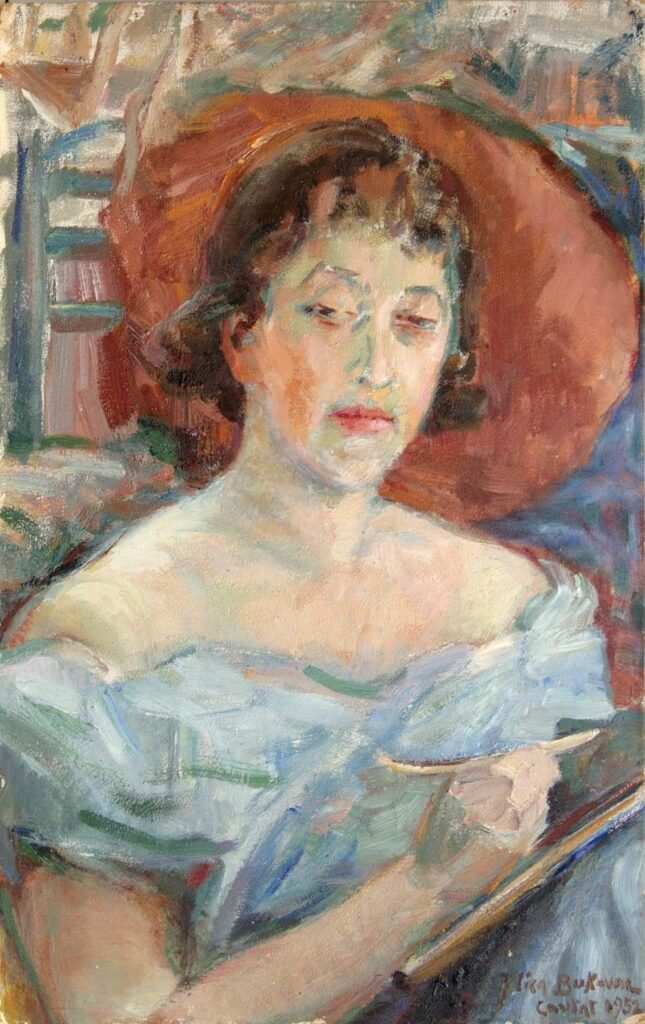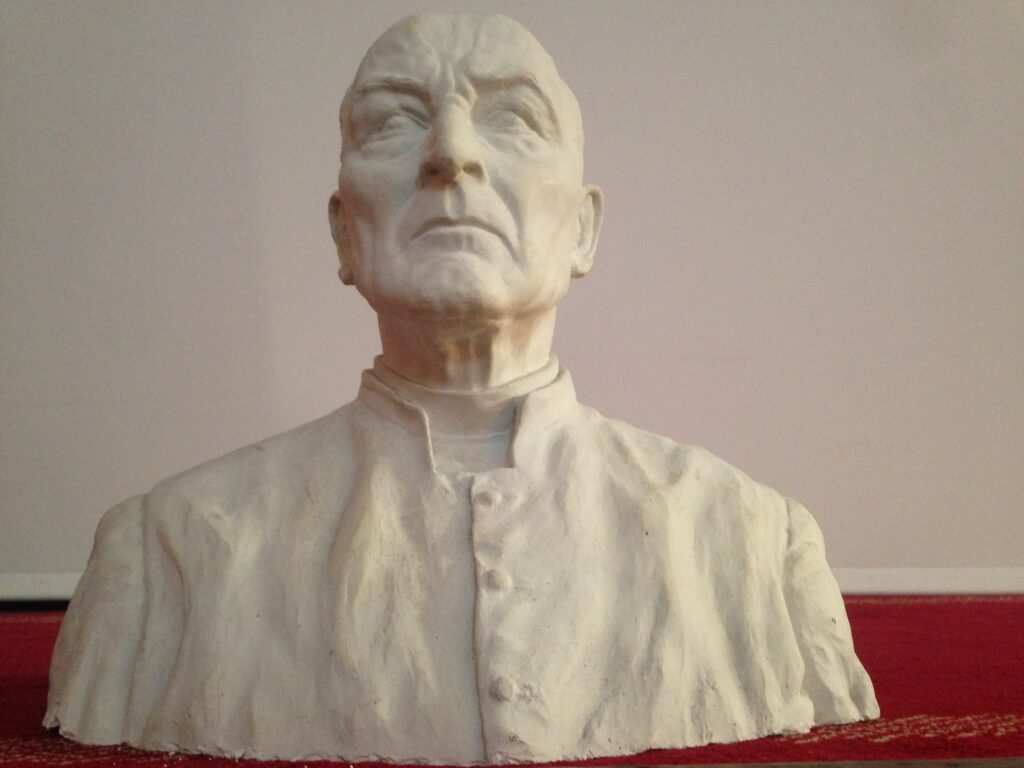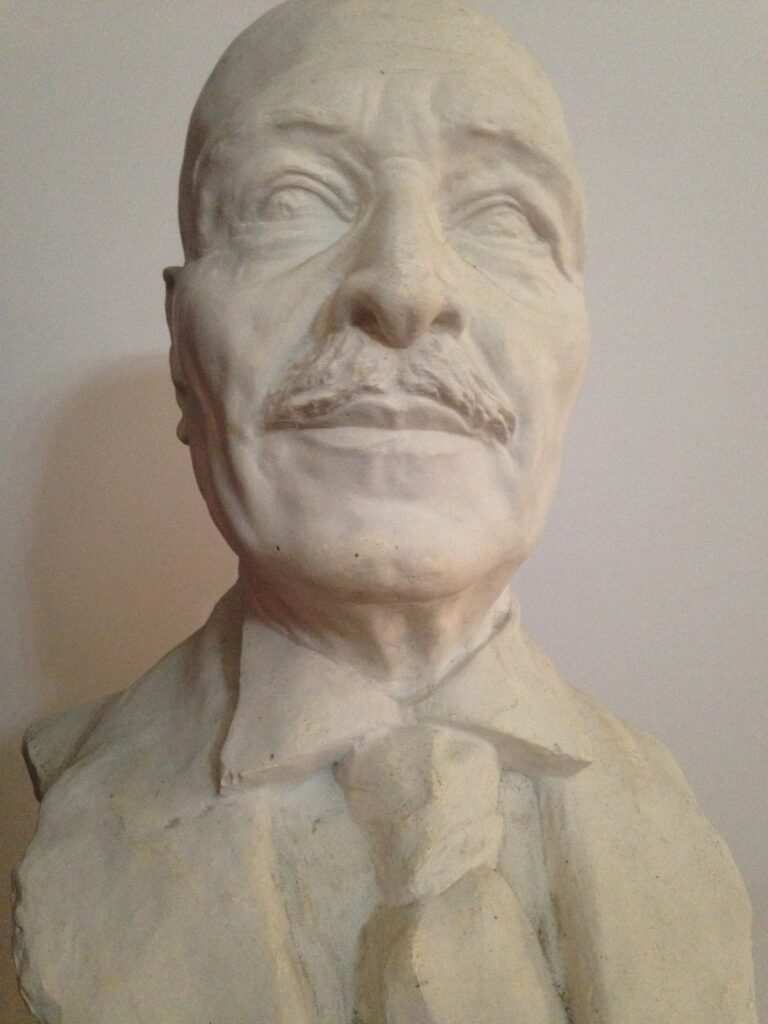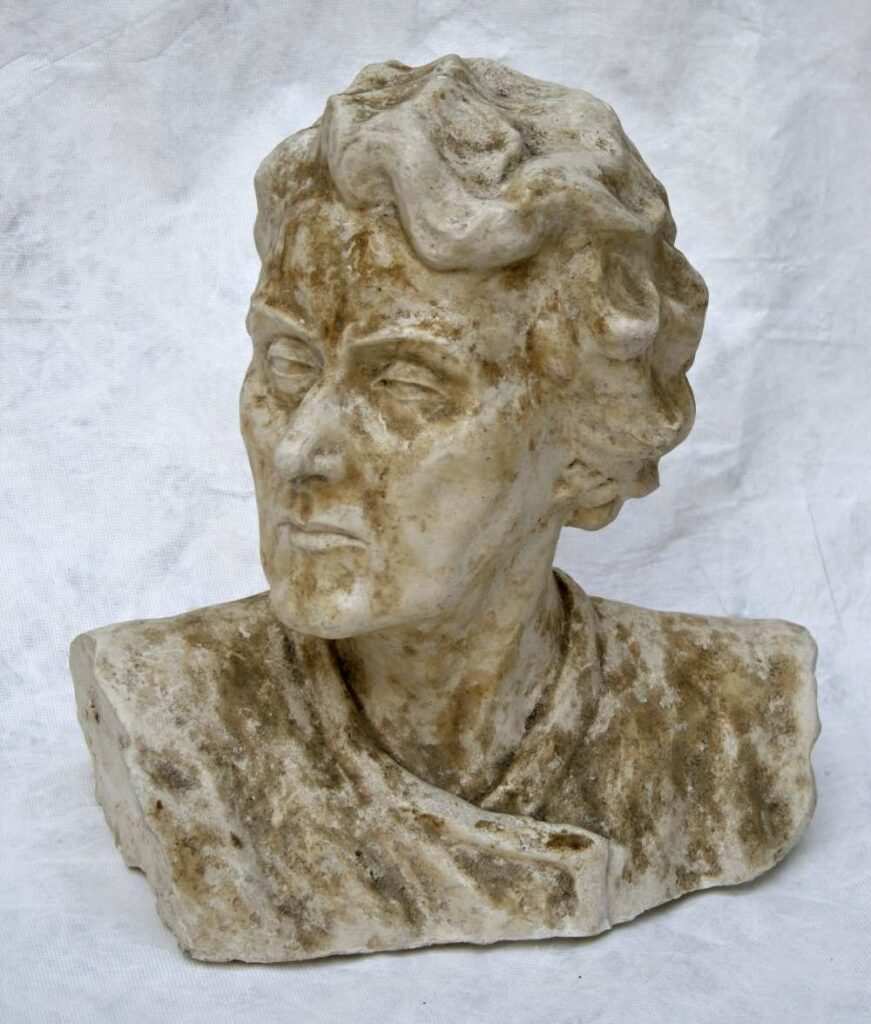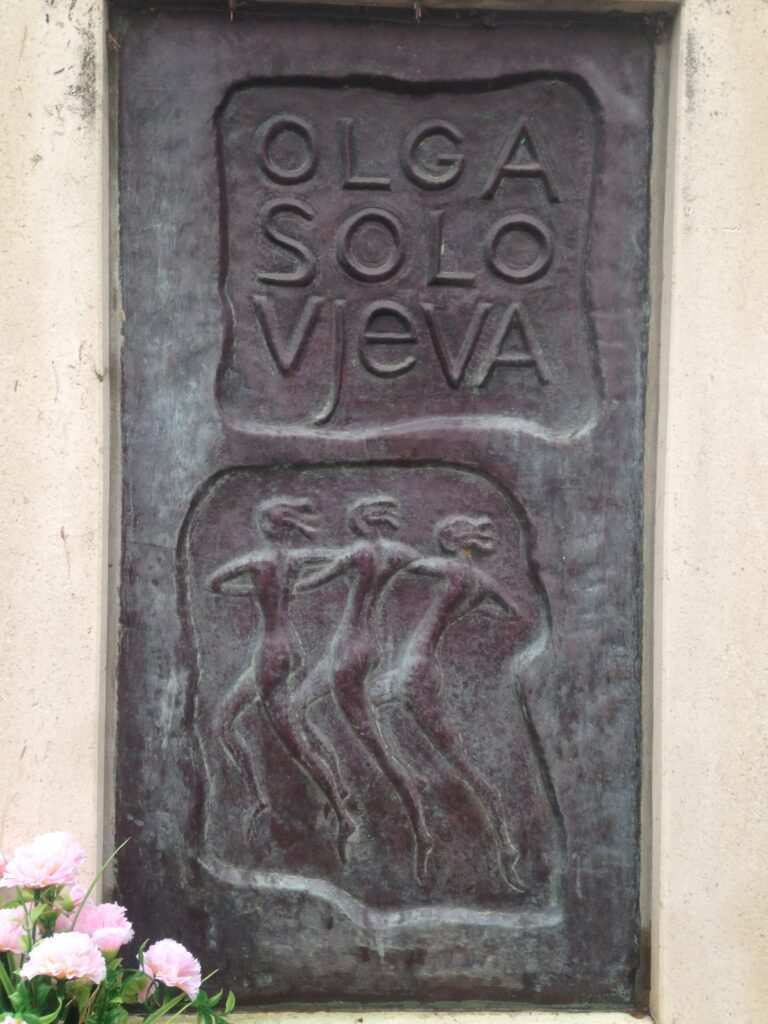On the impressive Cavtat promenade, known among the locals as oko Rata (`at the Rat peninsula promenade’), a lonely stone house on the very tip of the peninsula catches the eye of almost every passer-by. Even today, it is still locally known as `the Russian woman’s house’. Namely, it was the peaceful abode in which the Russian emigrant Olga Solovieva settled following the end of her international artistic career in the mid-1930s.
Olga and her family were part of the wave of Russian refugees who left Russia and headed for Europe and beyond in the aftermath of the February Revolution and the execution of the Romanov royal family. In 1919 and the following few years, approximately two million Russians found a new place of residence outside their home country. There were approximately 20,000 Russian emigrants in Croatia, which was then part of the Kingdom of Serbs, Croats and Slovenes. For the majority of them, Croatia was merely a stopover. The emigrants in question were mostly highly educated and wealthy citizens whose cultural and scientific contributions to the communities in which they would settle were immense.
Olga Solovieva was not among the emigrants who found themselves in Dubrovnik in the 1920s. She first moved to Belgrade with her parents from Odessa. While in Belgrade, she was a member of the ballet ensemble at the National Theatre. From 1924 to 1929, she worked with the ground-breaking Russian choreographers and dancers Mikhail Fokin and Mikhail Mordkin, performing with their ballet troupe throughout Europe, North and South America, and Australia. At that time, she also began starring in smaller film roles, first in Italy and later in Hollywood.
After returning to Belgrade, where she lived the fashionable life of a beloved member of the social elite, she continued her ballet work in the theatre, while also acting in the early sound feature films. The films in question were mostly comedies, directed by Alexander Cherepov. In the mid-1930s, she ended her dancing career due to a knee injury. Olga found inner peace, as well as new endeavours, in Cavtat; she once said that Cavtat became her new permanent residence because it reminded her of her hometown of Odessa. She was joined by her parents, Marina and Mikhail Alekseevich Soloviev, and later by her sister, Lydia Iraklidi, also a colourful character, who moved to Cavtat with her husband Vladimir after the end of the Second World War.
The house on the tip of the Rat peninsula, featuring a view of Dubrovnik, quickly became a joyful gathering place for local and international artists, as well as local residents. The house in which art dwelled was open to everyone. What is more, Olga Solovieva was among the founders of the Dubrovnik Summer Festival, where she was a long time choreographer. She also founded the ballet department at the Dubrovnik Music School.
Olga’s friend, Kosta Strajnić – a painter, art historian, conservator and, above all, art pedagogue – was responsible for her interest in painting and sculpture.
Through diligent work, sometimes in Strajnić’s studio in Dubrovnik, other times in the house in Rat, Olga established herself as a sculptor, as well as a rather skilled portraitist. Today, several of her portraits and portrait busts made of plaster are exhibited not only in the Bukovac House and the Cavtat Pinacotheca, but also in the Dubrovnik Art Gallery and Dubrovnik Music School. The artworks in question mostly depict her friends, as well as certain significant Cavtat and world figures.
Three works by Olga Solovieva are kept in the Bukovac House in Cavtat. Namely, she made a portrait of her friend Jelica Bukovac, while also making two portrait masks of Jelica’s tragically deceased daughters. Furthermore, Olga’s busts of The Reverend Father Ivo Dagonig and Mikhail Soloviev, kept in the Cavtat Pinacotheca of the St Nicholas Parish Church, display distinct portrait-like characteristics and showcase her graceful and subtle sculpting technique. Olga also made a portrait of the great pianist Svyatoslav Richter, the composer Aram Khachaturian, the cellist Mstislav Rostropovich, as well as of many local artists who would be difficult to count; all the aforementioned people were frequent guests at her Cavtat residence. Olga herself also posed for portraits painted by her friends. The most notable among the preserved portraits of Olga Solovieva were those made by the painters Ivo Dulčić and Milovan Stanić, respectively, as well as the one made by Jelica Bukovac and kept in the Bukovac House.
Olga passed away in 1974 and was buried at the St George Cemetery. In accordance with her will, her house in Cavtat, brimming with artistic spirit and memories of other, perhaps better times, was bequeathed to the organizers of the Dubrovnik Summer Festival to be a vacation home for elderly and impoverished artists. Unfortunately, since the house was burnt down during the Homeland War and later sold to a private individual, her noble intention did not materialize.
